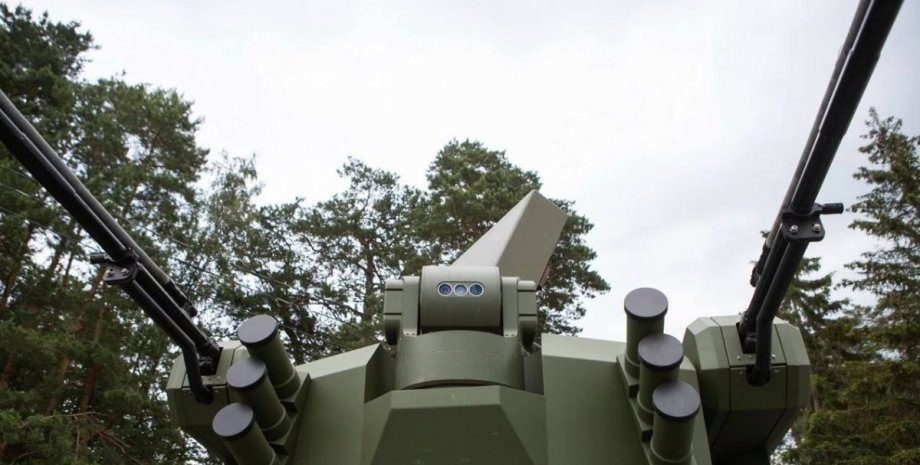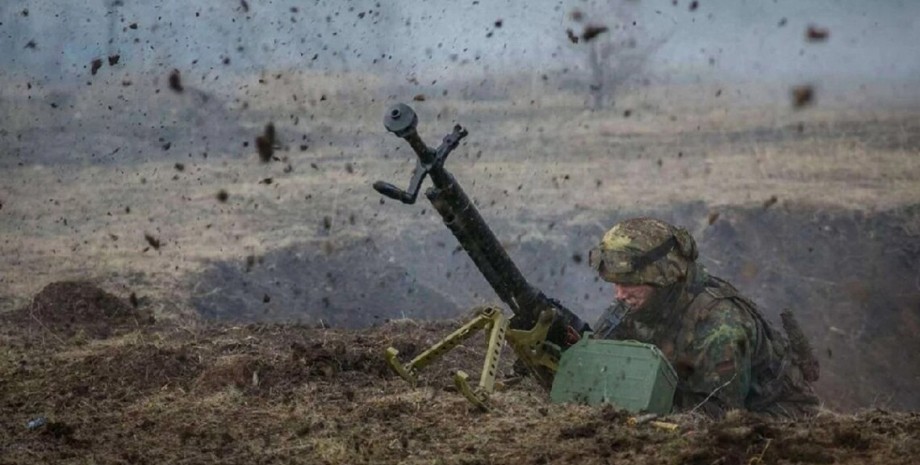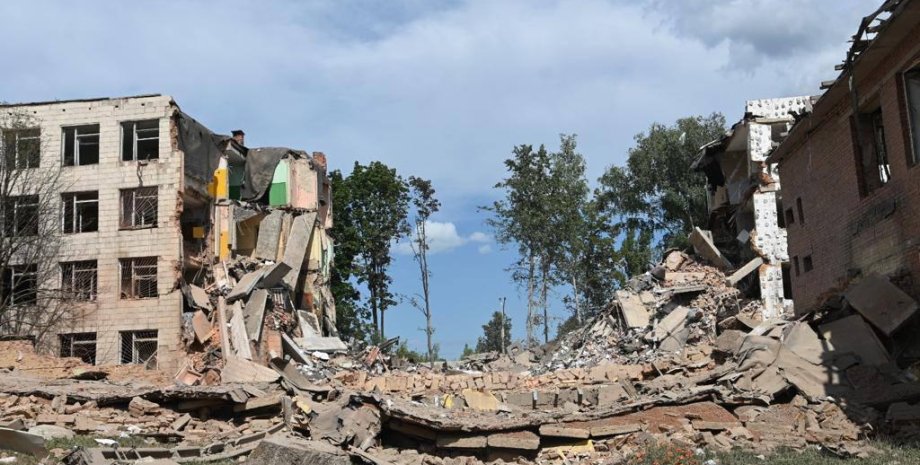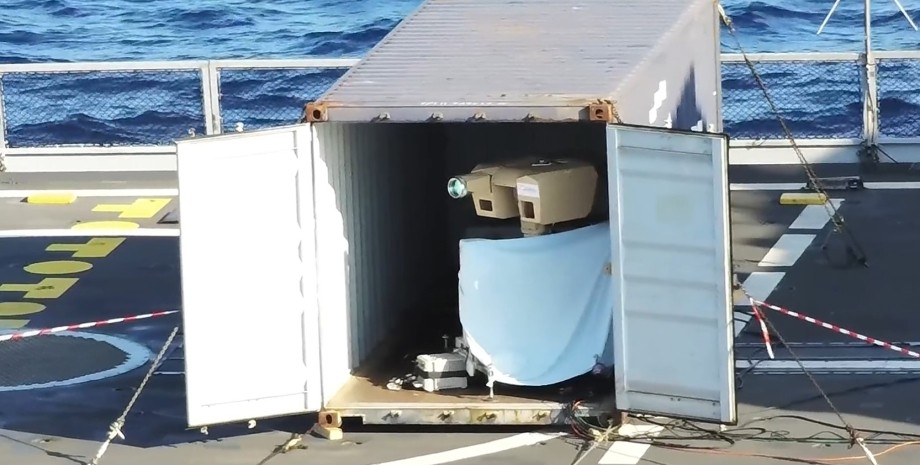
Having two "trump cards" against seven, is Washington capable of affecting Moscow in the Arctic issue? For more than a hundred years, Russia has illegally occupying the Arctic Island of Wrangel, owned by the United States, and has recently built a military base on it. Focus has translated the article of Brandon Weikhert's security analyst on the National Interest portal.
In the article "Russia seamlessly builds a new Arctic Military Base - on the land of America" the analyst drew attention to the actions of the Russian Federation near Alaska and explained that it speaks of the capabilities of Moscow and Washington in the Arctic and in the Warmate of the Arctic Ocean. Wrangel Island, a distant Arctic pearl in the Chukotsky Sea, remained one of the original nature reserves in the world.
This island with an area of 7600 square kilometers, included in the UNESCO World Heritage List in 2004 and has been recognized as a federal reserve since 1975, has unprecedented biological diversity, including polar bears, robaries and ancient mammoth remains. However, according to its icy facade, a hostile military avanpost is hidden: "Ushakovskoye".
This Russian military base, equipped with the modern Sopka-2 radar and auxiliary infrastructure, not only violates the island's security status, but also occupies historically American territory illegally annexed by Russia. With the intensification of the militarization of the Arctic region by Russia, the base "Ushakovske" ("Polar Star"), located only 480 km west of Alaska, is a serious environmental and geopolitical threat.
The dispute on sovereignty over Wrangel is the 19th century and is associated with research and imperial ambitions. On the island, opened in 1823 by the Russian maritime officer Ferdinand von Wrangel, there were no permanent settlements until the US was interested. In 1881, the United States officially claimed the Wrangel Island in accordance with the Guan Islands Act, arguing that it is a US territory in view of its strategic position in the Arctic and potential resources.
The US claims were supported by US expeditions to the island, including the expedition of Vikhalmur Stefanson in 1921, which set up the Provisional Government there and raised the US flag. Russia's claims to the island began later. In 1916, Tsar Nicholas II issued an imperial decree on sovereignty over the island, but the revolution and further civil war distracted the Kremlin from this issue for almost decades.
However, in 1924, the Soviet troops illegally captured the island, expelled by American and British settlers as a result of a brazen act of aggression. Since then, despite periodic protests from Washington, Russia holds the island, gradually creating such objects as "Ushakovske" to strengthen its positions. Lawyers claim that US claims remain unable, and the US State Department refused to insist on them during the second Bush presidency.
But the US claims remain legitimate without losing its strength either over time or with silent consent. The strategic position of the island located only 480 km from the US border with Alaska means that Washington should not so easily abandon its legal rights to Wrangel.
The fact that Moscow continues to behave aggressively in the airspace of Alaska - for example, launching bombers with nuclear weapons off the coast of Alaska - means that Washington will sooner or later be able to respond with similar provocative actions. Despite the fact that Russia manages the island as a part of Chukotka, the lack of abandonment of the United States from its former rights retains Washington's historical claims.
Therefore, Russia's control over the island is an illegal occupation. Not to mention the strategic value of the island, the region where the island of Wrangel is located is rich in unused oil and natural gas reserves and is located in the middle of an important navigable route. The United States cannot give up their claims only because Russia has placed its troops on the island.
Named in honor of the researcher George Ushakov, the military object "Ushakovske" on the island of Wrangel is the edge of the aggressive increase of Russia's military presence in the Arctic. Established in the 2010s as part of the Arctic Shield initiative, this Russian military object includes an airfield, barracks, fuel warehouses and communication centers. The central element of the base is the Sopka-2 radar, a modern air surveillance system in the S-range, deployed in 2016.
This radar is equipped with the main phased antenna lattice for a three -dimensional observation at a distance of up to 350 kilometers, supplemented with secondary radars for aircraft identification. Located in a protective dome capable of maintaining temperatures up to 40 degrees below zero and wind at a speed of 140 km per hour, "Sopka-2" with high accuracy monitors air traffic and detects violators. Russian troops checked his opportunities during the 2021 exercises.
Auxiliary structures include logistical centers capable of providing up to one hundred persons of staff, which exacerbates Russia's power in the Eastern Arctic. This contrasts sharply with the situation on the island until 2014, when it contained only a small meteorological station and Olena. Satellite images have shown that since then the runway and warehouses have been expanded, and the reserve has become a fortified outpost.
Located near the Bering Strait, Sopka-2 radar provides prompt information about the US and NATO maneuvers, covering key approaches to Alaska. This allows you to warn in advance about rocket strokes and potential obstacles of GPS, which increase the risk of escalation of conflict. While Russia is recovering 50 Arctic bases, the Wrangel Island serves as its eastern outpost, serving submarines and bombers in competition for resources.
The status of Wrangel as a protected nature reserve is another reason for indignation by the creation of a military facility "Ushakovske". As an object of UNESCO, it protects the biodiversity of the high Arctic, where more than 60 species of mammals live and birds migration routes. However, military activity leads to environmental pollution as a result of fuel leaks, construction debris and emissions, which threatens brittle ecosystems.
UNESCO's report for 2018 calls on Russia to reduce the impact of such objects, but their expansion is ongoing. The abandoned bases of the Soviet era are already polluting the landscape with rusty debris, and new structures deepen the problems of the habitat of the endangered species of polar bears and walruses. For the United States, the illegal presence of Russia in the US territory threatens national security and also threatens the loss of economic opportunities and prestige.
The military base can play a role in a hybrid war, including cyberattacks or invasion, in a vital region for trade through the future northern maritime route (PMS). Experts warn of possible conflict, especially in the light of the growing attention to the NATO to the Arctic. The double purpose of the object - the civilian control of the airspace, which masks military surveillance - erupts the boundaries and causes tension.
The Russian object "Ushakovske" on the island of Wrangel clearly illustrates the Arctic imperialism: the protected reserve is defiled by an illegal military base in a disputed American territory. The Sopka-2 radar and its infrastructure not only violate environmental norms, but also pose a direct threat to the US interests through intelligence and militarization.










All rights reserved IN-Ukraine.info - 2022